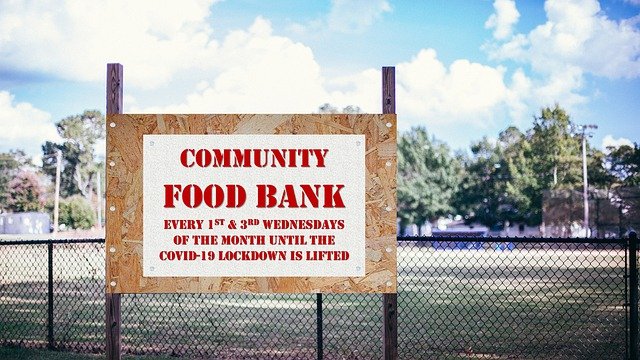Given the devastating effects of the COVID-19 pandemic on businesses and agencies around the country, Indiana food banks are asking that the state government would increase their budget from $300,000 annually to $1.5 million. The food banks complain that their services increased greatly in 2020 on account of the pandemic against their normal yearly outputs.

Executive Director of Feeding Indiana’s Hungry, Emily Weikert, said the $1.5 million is requested for two years would not total the needs of the food banks, but it would go a long way to helping them run their activities. Feeding Indiana’s Hungry witnessed 60% more food distribution in 2020 than they did the previous year, while Midwest Food Bank experienced 30% more distribution over the usual 90,000 people they feed every month.
The executive director of Midwest, John Whitaker, said the food shortages being experienced by food banks will not abate until employment rates increase and vaccination programs increase across the country. Meanwhile, state representative Cherrish Pryor has proposed for the state to raise the budget for food banks to $500,000 in 2022 and $400,000 in 2023.
“People turn to food banks when they’re in need, but who do food banks turn to when they’re in need? They turn to us, and we need to answer their call,” Pryor said. “This pandemic has unquestionably impacted Hoosiers on a foundational level, and food banks are an avenue to help many individuals at the same time.”
Pryor urged people to support his amendment drive to the state food budget since people depend on food to survive in every facet of life. He said it is unfortunate that state politicians are ready to fund businesses that are strapped for cash during the pandemic period, but they are not willing to fund food banks to ensure food abundance for everyone. “But we can’t fund food banks so the people can eat,” he said. “That to me is just a sin.”
Another food bank in Indiana, Gleaners, said their distribution for last year increased by 107% since they serve 21 counties, while community kitchens and food pantries serviced by Hoosiers had 154% more activity in 2020.
The same situation is obtainable in Texas where the food supply chain has been disrupted by the coronavirus pandemic and hunger is on the rise in the state. Since many people have lost their jobs in the state and many businesses were shuttered, school meal programs have been stopped and grocery stores emptied while food delivery has been impossible due to unforeseen factors.
“It’s crazy,” said Terri Willis, executive director of the Brazoria County Dream Center food pantry. “People are out of options. They’ve gone into survival mode to get what they can. We are all in disaster mode.”
Source: fox59.com
